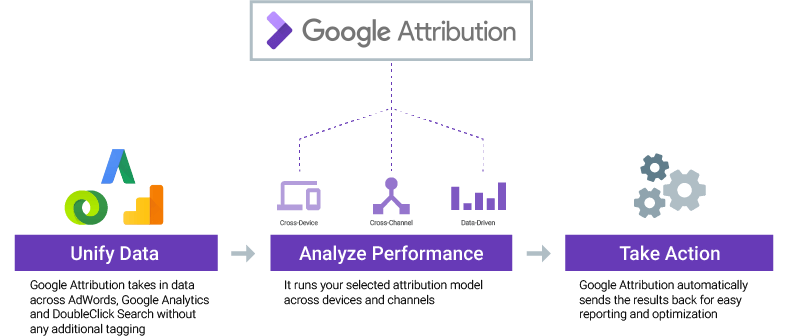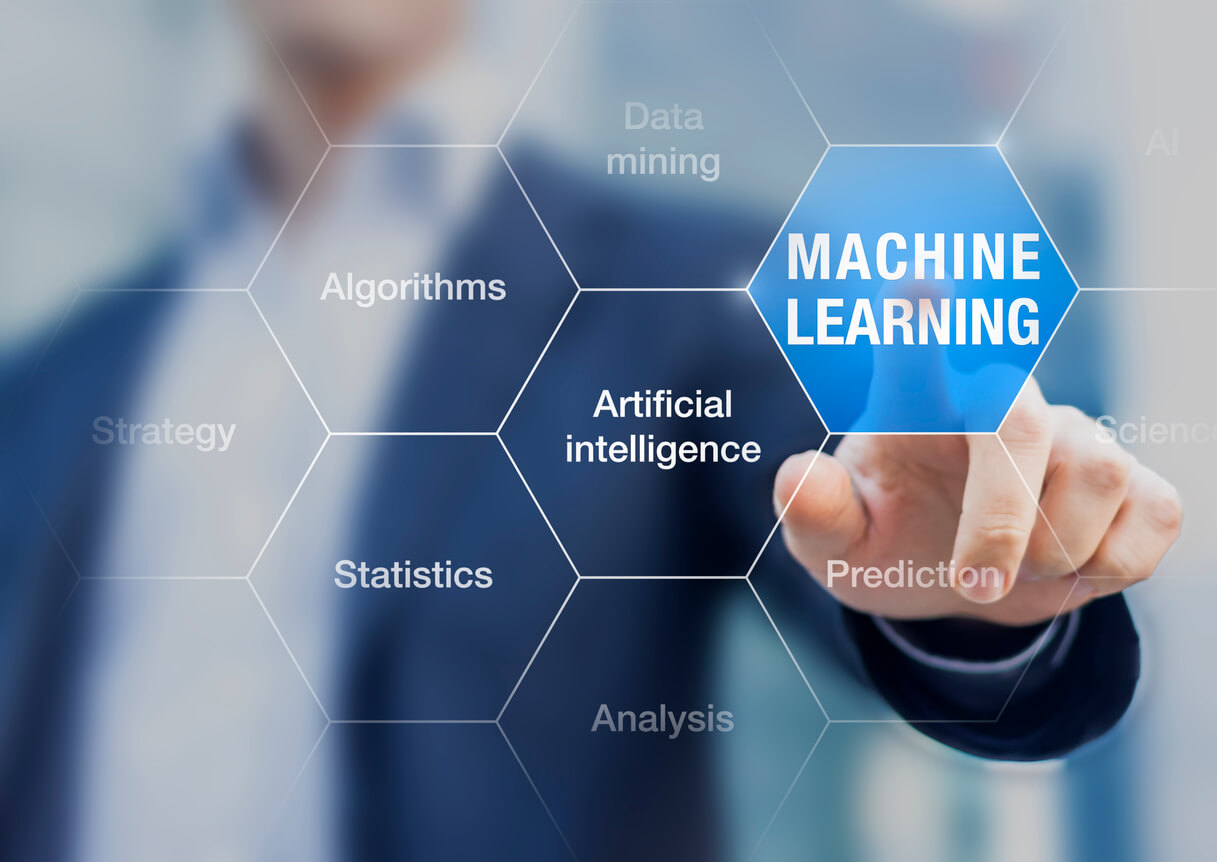We may have just entered the second half of 2017 but we have already had numerous significant developments in the area Pay-per-Click (PPC) advertising or paid search marking. One of the most important innovations of this year has been in the area of Machine Learning in which Google AdWords has made serious leaps and bounds.
Table of Contents
ToggleGoogle Marketing Next 2017
Machine Learning was the topic of Google Marketing Next annual event last May. Posted on Google Inside AdWords, the article “Powering ads and analytics innovations with machine learning”, provided a sneak preview of what people would have heard at the Google event. What’s more, Frederick Vallaeys’ (AdWords developer and co-founder of Optmyzr which is an AdWords tool that provides data insight) in his article “The AdWords 2017 roadmap is loaded with artificial intelligence”, we are provided with behind-the-scene insights regarding the announcements made at the Google event. The information provided by all these sources comes down to one thing – Machine Learning will be part of every new development in search marketing and it should significantly increase our ability to target those who are prepared to buy with the right customized ads.
Smart Display Campaigns
In mid-April, Google introduced Smart Display Campaigns for the Google Display Network (GDN). In order to make it easier for advertisers to reach more customers on the GDN, it has utilized machine learning to connect a business with prospective customers by using insights from the millions of apps and sites which populate this network. It can create customized responsive ads (image/native/text) and set the proper bids according to each business’ performance goals. Consequently, Google states that this innovation will provide customers with a “richer” experience and better results for brands. In fact, they claim that using Smart Display Campaigns, businesses have experienced a 20% increase in conversions at the same Cost-per-Aquisition (CPA) when compared with other display campaigns.
Businesses need to provide some headlines, descriptions of the products and services and some beautiful images for the creative aspect of the ads. They also need to set a target CPA and a daily budget. With this information, the new automated system can create literally thousands of customized ads that will target and engage new customers.
Keywords: Close Variants
In a previous article last March, we discussed AdWords new Close Variants feature which provides additional re-wording and re-ordering for exact match keywords. Thanks to machine learning, it has become possible to ignore word order and add or ignore function words in exact match keywords. Google research suggested that AdWords advertisers may experience, on average, up to 3% more exact match clicks while maintaining comparable clickthrough and conversion rates.
Ad Rank Threshold
As we have reported in an article last May, Google has begun implementing changes to Ad Rank thresholds which account for the contextual meaning of queries. For example, Google will take into consideration if a query is about recent news, versus a consumer product. Consequently, the Ad Rank thresholds for ‘recent news’ and ‘consumer products’ may be different since the query meaning is not the same. This change can result in more ads for some queries and less for others due to the level of the minimum threshold.
Google Attribution
According to Google, this new product provides a holistic view of your marketing efforts and performance, and therefore, can help answer the fundamental question: “Is my marketing working?” Since a customer may convert after interacting many times with your business, it is difficult to determine what led him/her to convert. Most marketers tend to use the “last-click” attribution which most likely misses the impact of most of their marketing efforts. However, marketers can now measure the impact of their marketing across different devices, such as mobile or desktop, and different channels, such as display, search or social. This can be achieved with this new product at no additional cost.

What’s more, with Google Attribution you can switch to data-driven attribution which applies machine learning to analyze the step-by-step journey a consumer takes before converting. It is able to analyze unique conversion patterns and thus compare the paths of customers who convert to those who don’t. Consequently, you receive accurate results regarding what is motivating your consumers to convert. Therefore, you can immediately optimize your ads since it integrates with ad tools like AdWords and DoubleClick Search. The results are available for reporting, updating bids or moving budgets between different channels.
In-Market Audience for Search Ads
Machine learning can also provide much more relevant audience insights for search ads. The phrase “in-market audiences” has been used to refer to consumers who are actively researching or comparing products and services across Google Display Network publisher and partner sites and YouTube. According to Google, the data gathered can help businesses connect with consumers just as they are about to make their decision to make a purchase. As a result, this information can help significantly increase conversion rates since consumers are provided with the right offer at the right moment.
Utilizing machine learning, Google can analyze trillions of search queries and activities across millions of websites to determine when consumers are prepared to make a purchase. Therefore, marketers will be able to display ads that will be more relevant and interesting to them at that critical moment before making their purchase.
For more information about developments in PPC advertising and what Savvy Search Marketing can do for your business, please email us, use our Support Page or call 1-855-488-0988 today!

